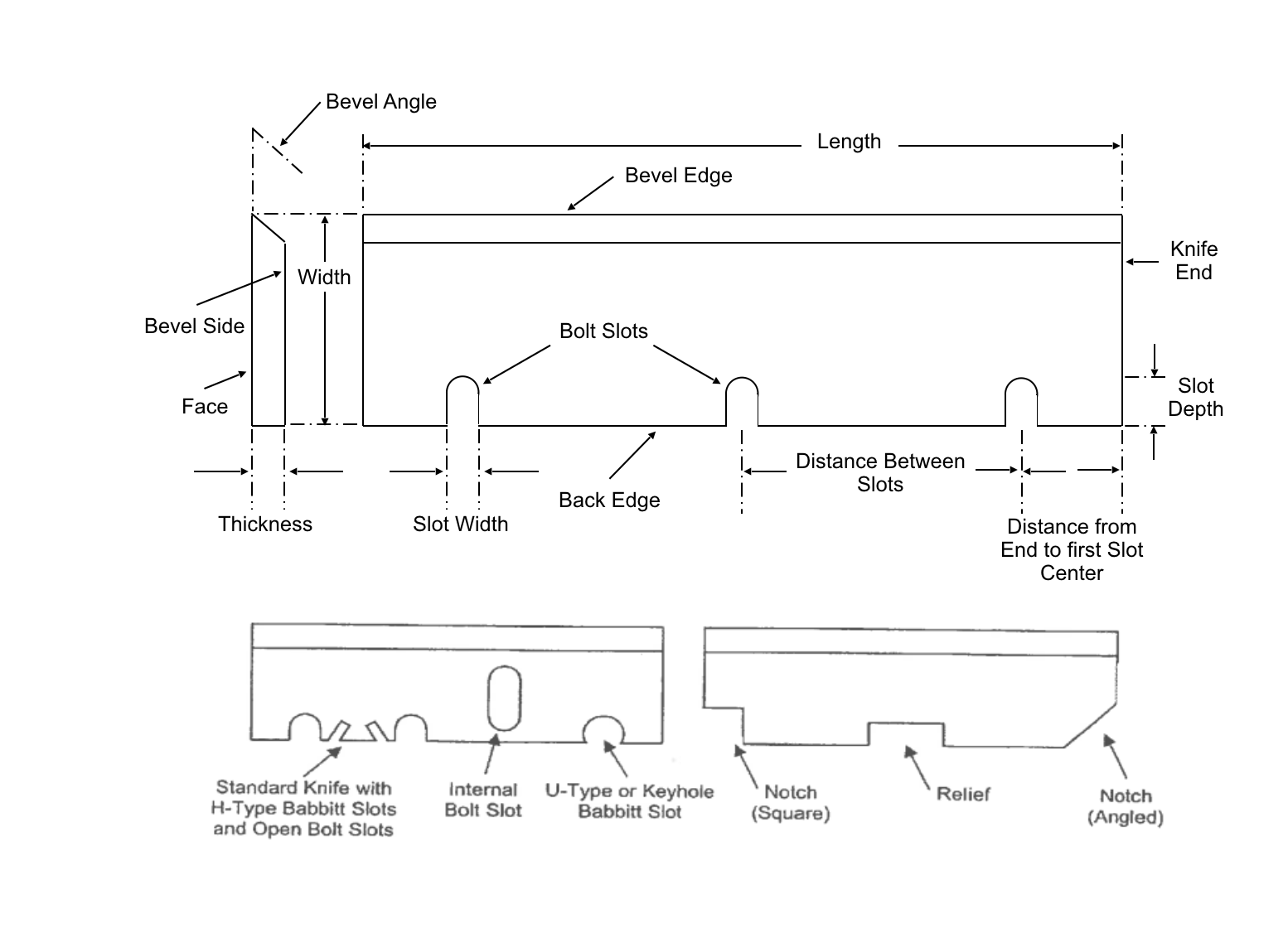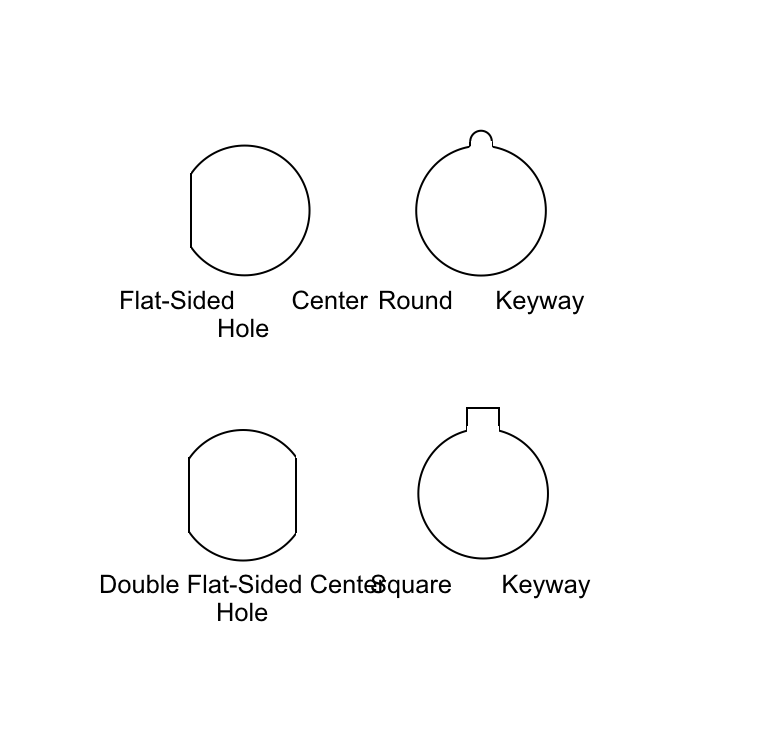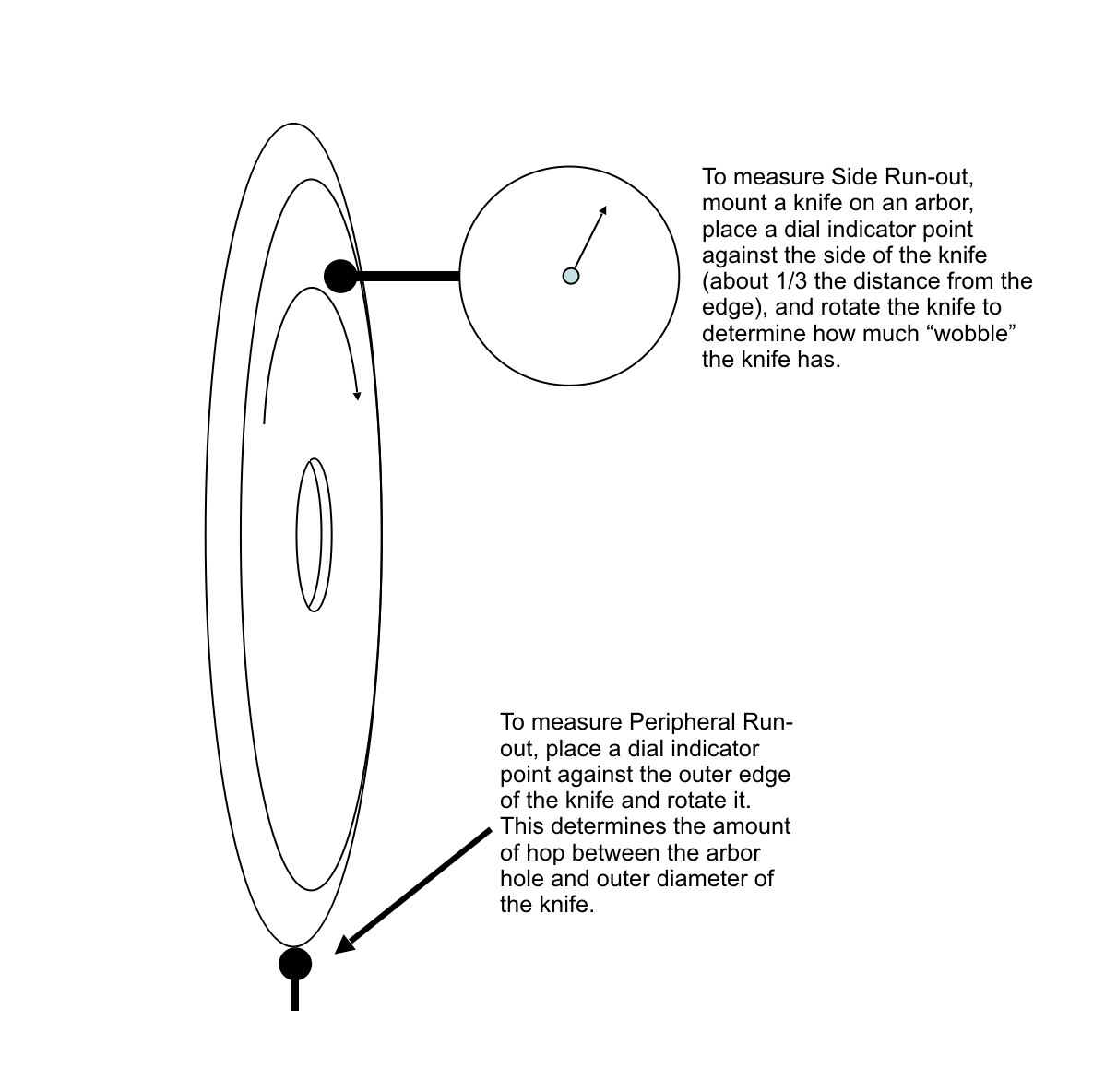Essential Blade & Knife Terminology
When you’re talking high-quality industrial blade technology, it pays to be precise. At TGW International, we’ve adapted knowledge and experience gained from over 100 years of knife making to the needs of today’s high-tech, high-speed processes.
To help us better serve your exact needs, we’ve come up with a handy guide to the essential blade and knife terminology. It’s designed to help us work with packaging and converting industry professionals like you to develop the best possible cutting solutions for your process.







